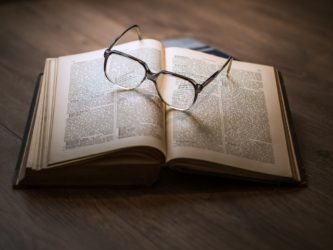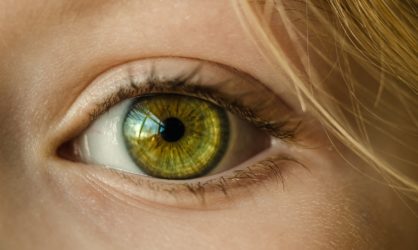
Writers use literary devices to enhance a story and better convey an emotion or message. They can be an effective way to make your work more compelling, add depth, or paint a clearer picture. Here are a few interesting literary devices:
Anthropomorphism: Lending a human quality or emotion to something non-human. This is used to give character to the object, making it more relatable for the reader and painting a better picture.
Example: “The raging storm brought with it howling winds and fierce lightning as the residents of the village looked up at the angry skies in alarm.” Here, characterizing the elements of the storm as angry evokes a visceral response in the reader.
Consonance, Assonance, Alliteration: Repeated sounds in a sentence. Consonance is repetition of a consonant, often at the end of words; assonance is repetition of a vowel sound; and alliteration is repetition of the initial sound. These are often used in songs and poetry, and can make your writing more intriguing, memorable, and elegant.
Example (Consonance): “He struck a streak of bad luck.”
Motif: An idea repeated throughout the work. Use these to convey the theme of the work to reader and unify the piece.
Example: In Joseph Heller’s Catch-22, the characters are repeatedly found in paradoxical situations, driving home the overarching theme of the insanity of war.

Symbol: Something that means more than its literal meaning, usually an object, character or event representing an abstract concept. Symbols are a subtle way of conveying the theme of a work.
Example: In Harper Lee’s To Kill A Mockingbird, the character Atticus considers it “a sin to kill a mockingbird” because mockingbirds cause no harm. In the novel, killing mockingbirds is symbolic of taking the lives of innocent black people.
Foil: One character contrasts another, highlighting their differences.
Example: In J.K. Rowling’s Harry Potter and the Sorcerer’s Stone, the character Draco Malfoy is introduced as a foil to the main character, Harry Potter. While Harry is dark-haired, poor, unloved, and kind, Draco is blonde, rich, spoiled, and haughty.
Synesthesia: Mixing up the senses. It is used to create a compelling, vivid description.
Example: In The Great Gatsby, F. Scott Fitzgerald conveys the ambiance of a lavish party with the phrase “yellow cocktail music.”

Synecdoche: A part represents the whole, or vice versa. This is another way to elevate descriptions, while also providing connotations.
Example: In the poem “I heard a Fly buzz—when I died,” Emily Dickinson describes mourners with the line: “The Eyes around—had wrung them dry.” This use of eyes to represent people emphasizes what the people are doing: crying and watching.
More literary devices can be found at literary-devices.com.

Mary Bast
Wow! You’re emphasizing the poetry in literary writing; how lovely.